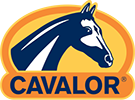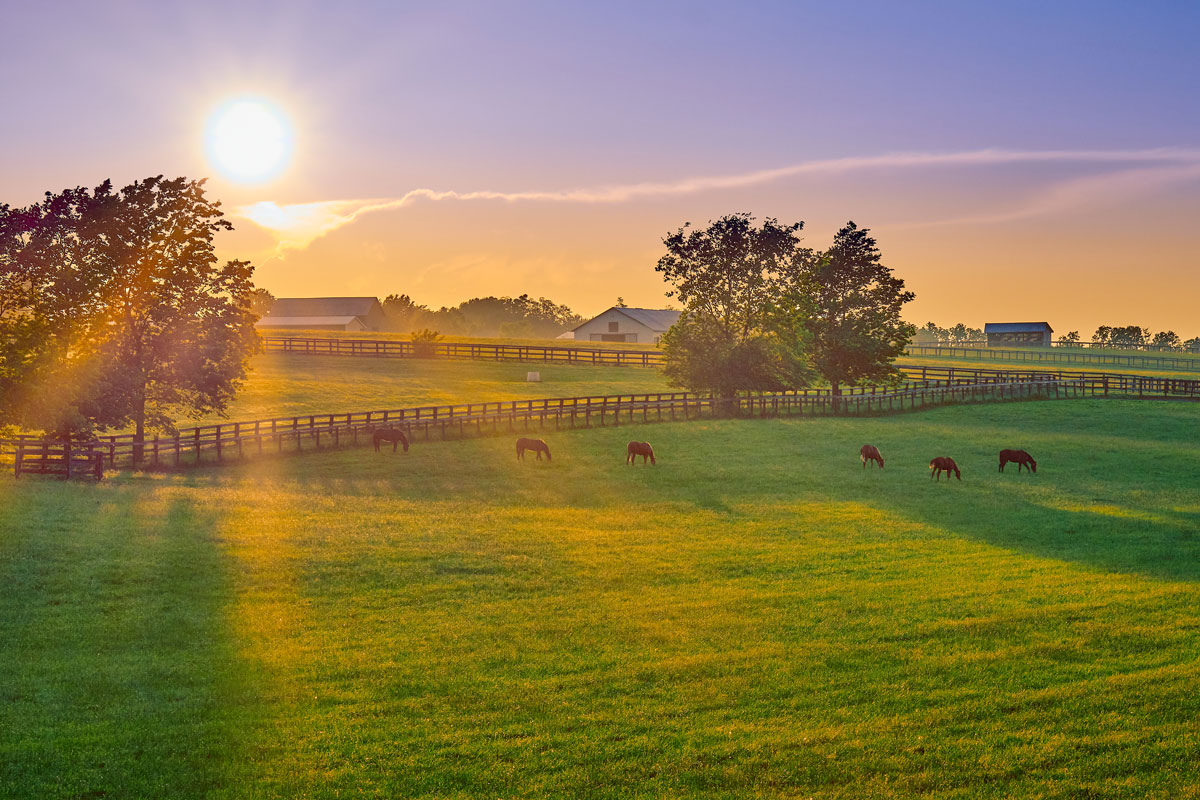The foundation of a healthy feed ration for every horse is forage. Examples of forage are grass, hay, lucerne, straw, haylage/silage, bran, maize, and beet pulp. These are products that have had no or only a single processing step. Want to know how much forage your horse needs? You can read more about it here in our article. Learn more about all types of forage in this article.
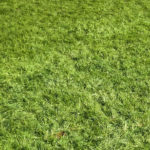
Grass
Fresh pasture grass is the mainstay of a horse’s natural diet. In fields, horses can carry out their natural behaviour: grazing, which involves eating and moving, thus also ensuring a good general health and mental state. With proper management, horses can get a good supply of forage through grazing. The composition of the grass varies greatly with the season. In spring, grass is quite rich in protein. In late summer and early autumn, it contains more fibre and less protein.
Please note that grass has a much higher sugar content during periods when nights are cold and the days are fairly warm (spring and autumn).
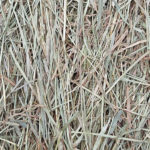
Hay
Hay is made from dried grass. Drying produces a longer-lasting feed, so that it can be fed to horses as forage in winter. A hay’s quality will depend on the quality of the grass as well as the drying process. Hay should ideally have a light green-yellow colour and a fresh smell.
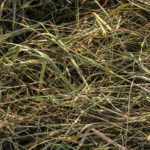
Silage
Silage is made from grass that is left in the field to dry for several days. It is then preserved by fermentation. Due to the airtight packaging, lactic acid bacteria lower the pH, inhibiting the activation of putrefying bacteria. Once the packaging has been opened, the silage should be used within 3 to 5 days. Exposure to oxygen initiates spoilage, which can lead to the presence of mould. Silage suitable for horses contains between 55 and 65% dry matter.
Caution: if silage contains too little dry matter (more than 40% moisture), this process cannot take place and the chance of mould and mycotoxins in the grass is much higher.
So it is NOT true that the drier the silage, the better it will keep.
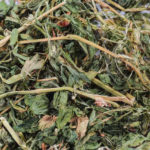
Lucerne
Lucerne is a very protein-rich, leguminous plant that can be harvested up to 3 or 4 times a year. This high-fibre plant can be used to replace part of the hay in the ration. Keep in mind that lucerne is much higher in protein than hay or preserved forage, so it should not be fed in unlimited quantities. Lucerne is available in different forms: fibre and pellet form.
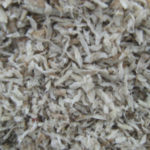
Beet pulp
Beet pulp is also a source of fibre with many positive characteristics. Beet pulp is a by-product of the sugar industry. During the production process, the sugar is extracted from the beet, so what remains is low in sugar. However, it still contains pectins, which are beneficial for intestinal health. Beet pulp has a low protein content and can therefore be combined with, for example, lucerne. Important: Beet pulp must be soaked in water. Undissolved beet pulp can cause oesophageal blockages or colic.
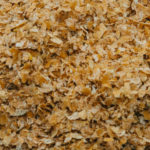
Bran
Bran is the hull that covers a grain kernel. Although grains are mainly known as concentrates, this hull is rich in fibre, so bran can add extra fibre to a ration. However, it cannot be the sole source of fibre for the horse. Bran, like grain, is high in phosphorus and low in calcium: not a balanced ratio, but they can be perfectly combined with both hay and lucerne (which is high in calcium and low in phosphorus). Bran stimulates the bowel, which is often beneficial for the horse’s bowel movements. Wet bran has a laxative effect
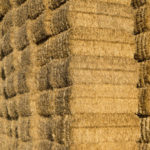
Straw
Straw is the by-product of grain harvests. After the grain is cut, the flowering stems are left behind. These are frequently then used as bedding in horse stables. However, many horses also like to eat the straw. Straw does not contain much nutritional value as it goes through a hardening process, which makes it hard for horses to digest. There is no scientific clarity regarding which type of straw is best for horses. They generally prefer wheat straw, although palatability is not always a desirable property of straw that’s intended as bedding. Due to its low nutritional value, it can be used as a ‘gut filler’ without giving the horse much energy or making it fat. However, eating too much straw is not good either, as it can cause blockages, so the horse must have constant access to fresh drinking water. Water will help the drier material pass through the gastrointestinal tract. When a horse eats too much straw, it is advisable that its ration be reassessed. Increasing the hay ration somewhat will reduce excess straw intake.
Tip: is the hay too rich in energy and/or protein? Mix in a bit of straw to prevent your horse from consuming excess calories.
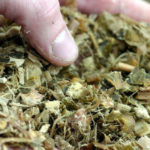
Maize
Maize is often fed to horses that are too thin, but it is often forgotten that maize is hard for horses to digest and very high in starch (which is converted into sugar in the body). Undigested maize can then enter the large intestine and cause gas colic. There is also the risk of acidification, reduced nutrient absorption, and digestive problems. Corn silage is often fed to young horses because it is cheap. However, it does not make a good feed for young horses as it contains too much starch and too little protein and minerals.
